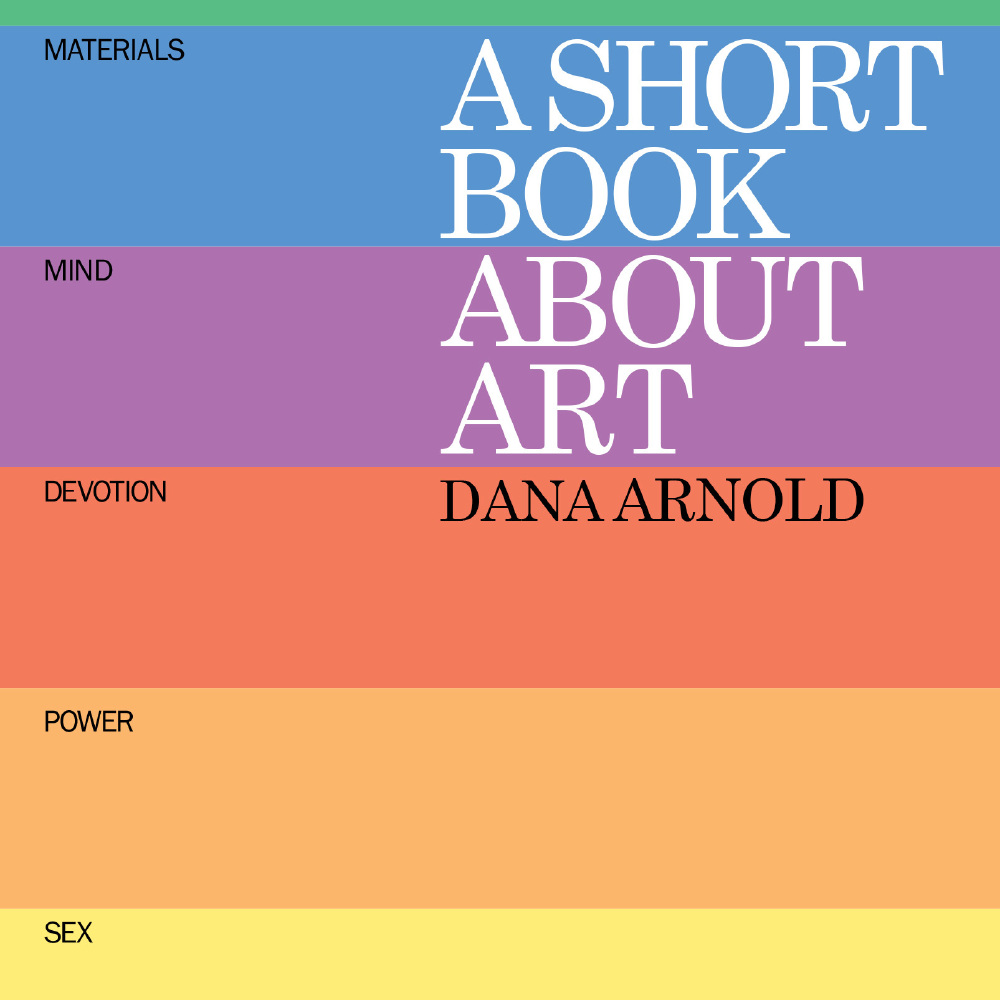Art is what you decide it to be, so trust your instincts regardless of what art critics or art historians might say. My chapter on Looking shows you how to do this and encourages you to trust your own judgements.

Dana Arnold
Art is all around us so look out for things you like in unexpected places, especially when you are travelling. My own experience of travelling has certainly broadened my own view of art.
Take a notebook to a gallery and make sketches or jot down your impressions of specific art works. Looking at an art work for a while can be a surprising experience and you will notice things you have not seen before.
Make art a social occasion - visit a gallery with a friend and compare notes. You could use some of the themes that structure my book as prompts - the results can be fun.
A night at the museum can be adventurous in lots of ways- late openings offer great opportunities to visit, hear talks and see galleries and art works in a very different light.
Visit an exhibition but go round the other way - seeing a show in reverse order can be quite revealing. This can reveal different ways of thinking about relationships between art works and present some unexpected connections. After all, as I say in my book chronology is not the only way of thinking about art.
Make the most of the fabulous range of free talks and events offered by galleries and museums - a great opportunity to hear and ask questions about art right in front of the object itself. You might even hear an artists talking about his or her own work.
Don't forget final year degree shows an art schools - this is where the next generation of famous artists show their work. This year's shocking newcomer is next year's celebrated genius - this was even true of Picasso.
Have a go yourself - you never know what hidden talents you might have. My book includes lots of different materials and methods of producing art.
Get to know an artist - read or watch a fictional portrayal of an artist's life or a painting (Girl with a Pearl Earring, The Goldfinch…). Art and life can sometimes mix as with the little known but amazingly talented seventeenth-century female artist Artemesia Gentileschi whose turbulent personal relationships influenced her paintings; I had to include her startling image of Judith beheading Holofernes in the book.


